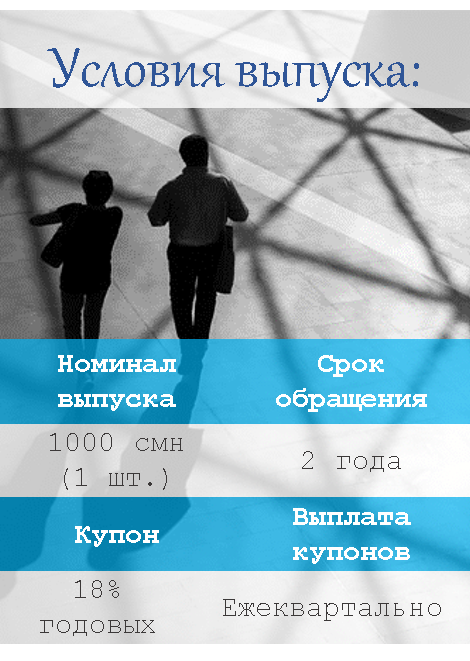20 smart investments everyone should try

What you should know about opportunity costs when investing
The study of economics begins with the concepts of scarcity, choice, and opportunity costs. Scarcity describes how our wants are typically greater than our resources. We face the problem of scarcity everyday whether we think about it or not.
Take time for example. We only have 24 hours per day, but there are an endless stream of activities begging to be done - sending your children to school or for extra-curricular activities, going to the gym, cooking for the family, or reading up on investing. A lot of friends I know end up compromising on their sleep.
This brings us to the concepts of choice and opportunity costs. We constantly make choices on how to satisfy our unlimited wants with our limited resources. The logical outcome in making choices is that we incur opportunity costs.
Spending an extra two hours sleeping will ensure that we feel refreshed for work and family activities the next day. Yet, the evaluation of our investment portfolio - instead of sleeping - will ensure our financial security in the years to come.
One thing is for certain. Not making a choice or taking too long to make one has a cost as well. While we decide on going to the gym or reading a book, a lot of us end up mindlessly spending two hours watching TV instead.
How do we apply the concepts of scarcity, choice, and opportunity costs to investing? Scarcity refers to the amount of resources we have - time and money. The first step in investing has to be about understanding how much free capital we have for investing, the length of time we would like to invest for (which is known as our investment horizon), and our risk appetite.
Our appetite for risk is in many ways influenced by our investment horizon. Investing $50,000 for our retirement in 30 years will result in a very different risk appetite compared to investing $50,000 which is needed to make a down payment for our house in three years.
Risk appetite brings us to choice. There is a fascinating array of investment opportunities in Singapore. From nearly risk-free options such as salary-savings accounts, government bonds (such as the Singapore Savings Bond), and topping up our CPF accounts, to much riskier options such as stocks and corporate bonds.
To make an informed choice, we must first be aware of all the available investment opportunities. This is where it gets daunting for most of us who are new to investing. The paradox of choice is at full play. Have you ever been to a restaurant with so many pages in their menu that you feel stuck and end up asking the waitstaff about the most popular dish?
Still, making a choice can be vastly better than not making one. The Straits Times Index (SGX: ^STI) was at 2,745 points on 1 January 2010, and at 3,430 points on 1 January 2018. This equates to an annual return of merely 2.8%. But, throw in a 3% dividend yield - which is what exchange-traded funds tracking the Straits Times Index currently have - and the total return that the Straits Times Index had delivered from the start of 2010 to the start of 2018 is likely to be around 5.8% per year. $10,000 invested in the market on 1 January 2010 would thus become $15,700 on 1 January 2018.
A default choice of investing in the Singapore stock market, broadly speaking, would still be vastly better than doing nothing.
Source:


